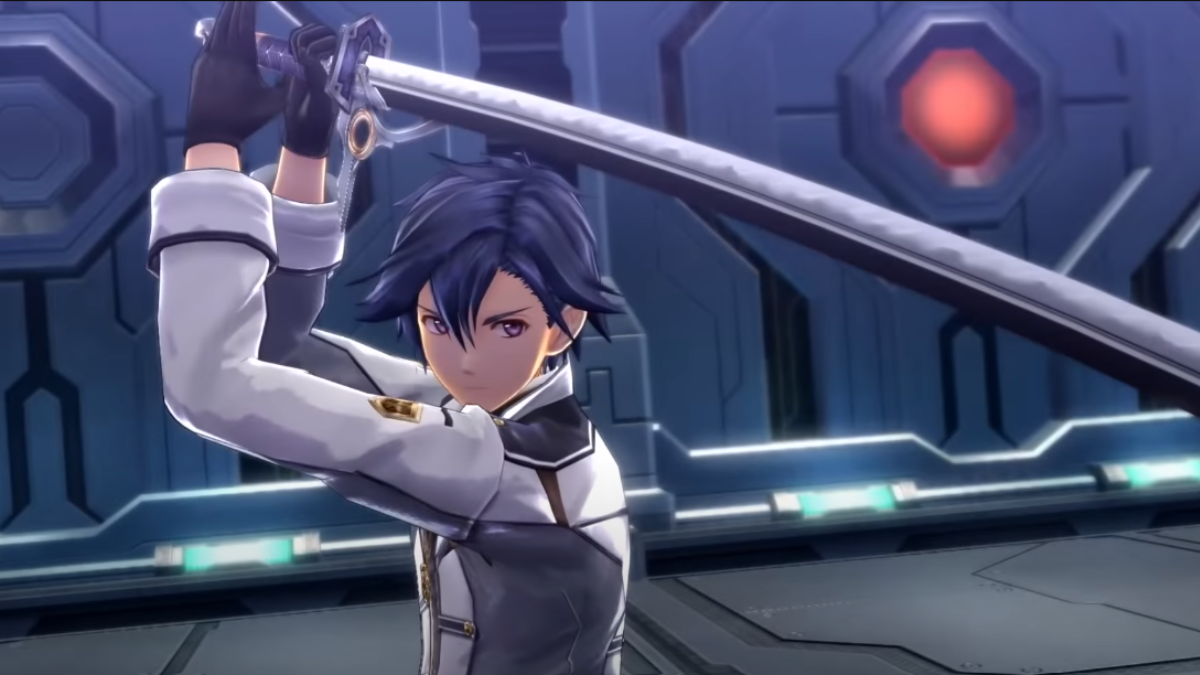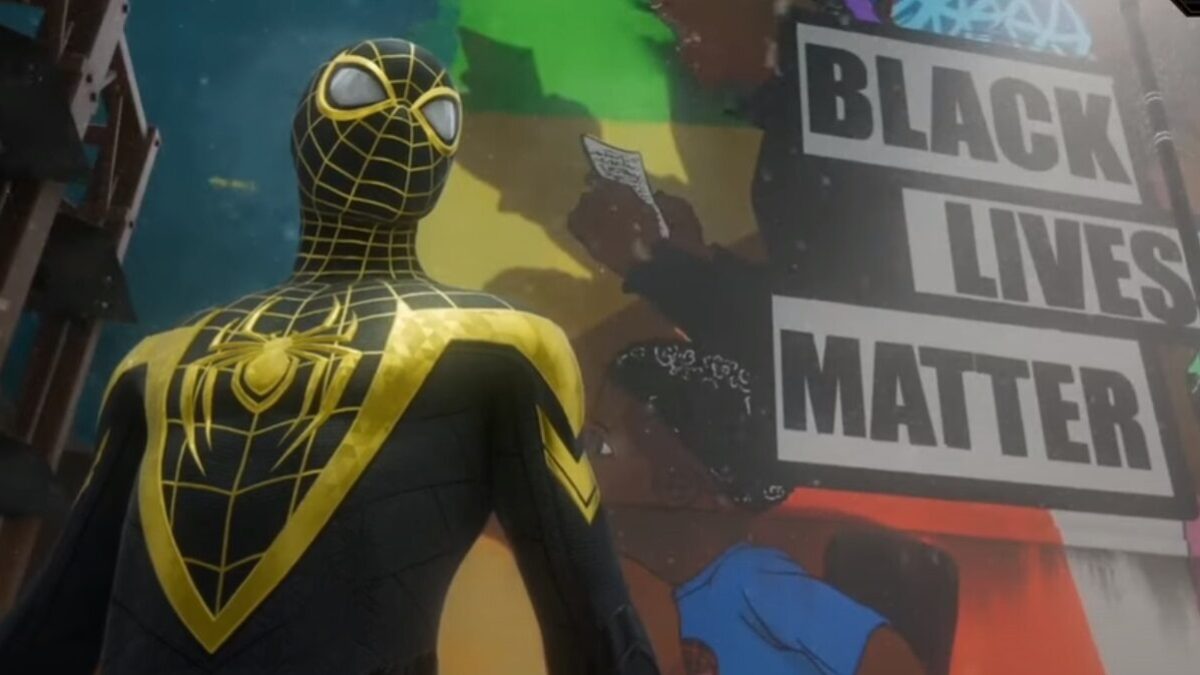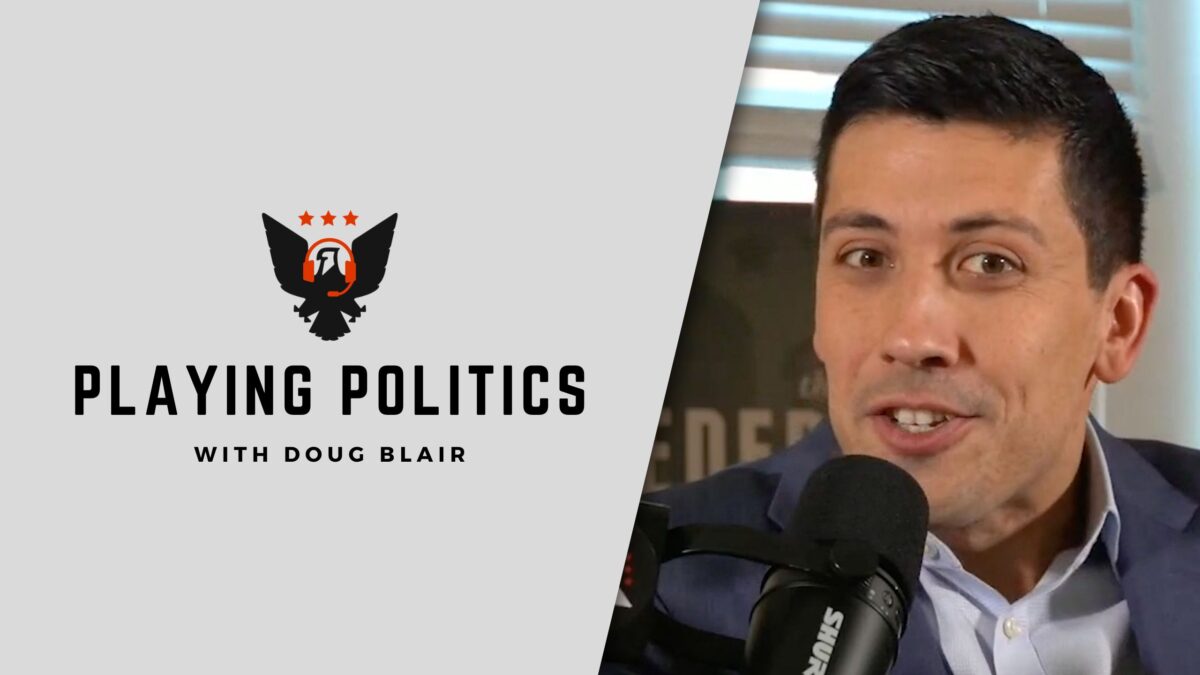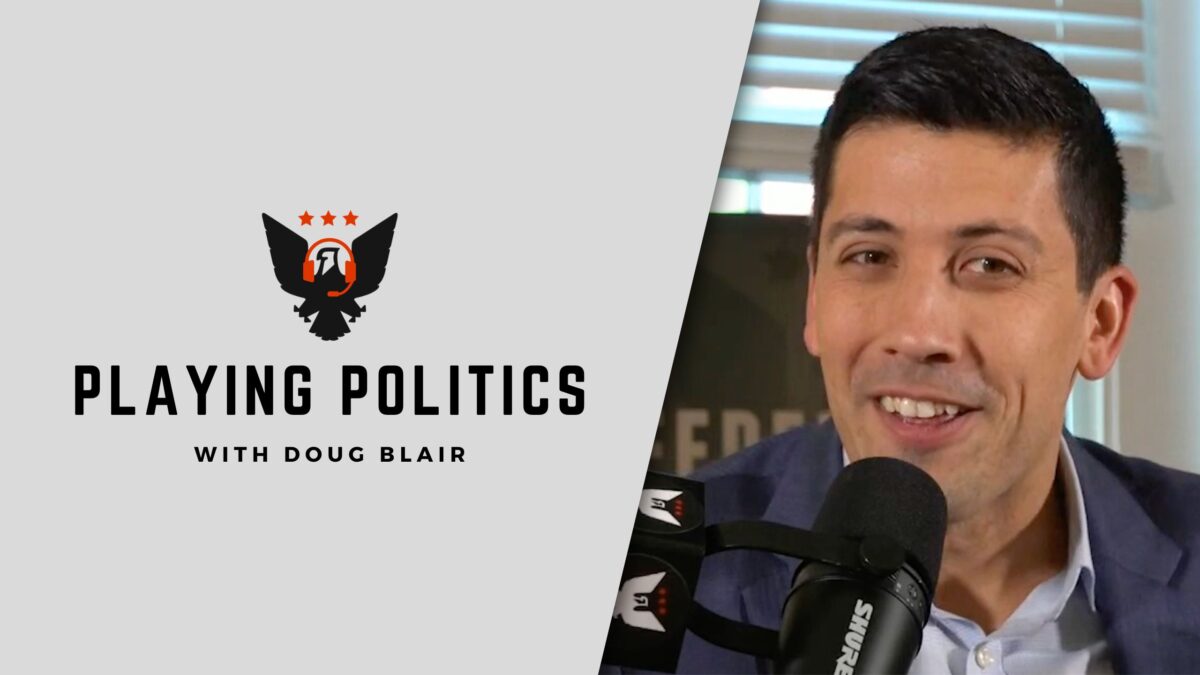
Recently, Brad Jackson understandably lamented a relatively recent trend in the video game industry: essentially releasing a less-than-full product for the full price of a game, then completing the game with paid downloadable content (DLC). As he mentions, “Star Wars Battlefront” was the most egregious offender of late. The base game was laughably sparse. It only felt like a full game after a year of patches and an additional $50 of DLC.
I sympathize with Brad’s plight, and even discussed it in my “Battlefront” article. Maybe I’m naïve, but I think this issue is a symptom of a new reality that the industry hasn’t fully adjusted to yet: mainly that video games and systems are cheaper than ever when adjusted for inflation and that the cost of making them has exploded. Something has to give. I think the industry is still figuring out how to reconcile this.
The Cost of Making Games Has Exploded
The actual numbers are murky, as Kotaku’s list shows. But gaming budgets for bigger AAA titles now reach into the hundreds of millions of dollars. “Grand Theft Auto 5” cost $265 million to develop and market. Activision spent $500 million on “Destiny,” including promotion.
To put that in some perspective, average game budgets were around $10 million in 2000. It’s a model that likely can’t survive, except for the likes of “Grand Theft Auto.” To put it another way, AAA development is “crumbling under its own weight.” Yet the costs of systems and games remains almost fixed.
Systems Are Cheap, Relatively Speaking
Ars Technica has a great chart showing the relative costs of game systems from 1977 to 2013. The costs of the consoles today (or at launch) are on par with the likes of the NES, Sega Genesis, and the original PlayStation, when adjusted for inflation. They also pale in comparison with the costs of the Atari 2600 ($768 in 2013 dollars), the Intellivision ($849), 3DO ($1,127!), and PlayStation 3 ($696). As Brad says, consoles essentially serve as home media hubs for many users now, meaning they offer more bang for the buck than previous generations did.
Yes, the new Xbox One X (not to be confused with the Xbox One X box) is a pricey $500. But you can get an Xbox One S that plays the same games with slightly worse graphics for under $300. The same goes for the PlayStation 4’s more expensive Pro and cheaper Slim lines (I’m not encouraged by this trend of different console versions in the same generation, however).
So Are the Games
Video games haven’t kept up with inflation, either. As another Ars Technica piece says, “the data show that retail games released today are actually much cheaper than they used to be on a dollar-for-dollar basis.” According to IGN, an average NES game in 1990 cost $89 in 2013 dollars, while a Nintendo 64 game in 1998 cost $100 in 2013 dollars.
We’ve had $60ish games for the last two console generations. Of course, publishers may make up some of the difference on digital games, which cost the same as their physical counterparts (and sometimes cost more after the physical game price drops). But the price for the consumer hasn’t changed.
Yes, the older gaming generations didn’t have microtransactions or DLCs (pricey gimmicks seemed to be the M.O.). They weren’t releasing half-finished, bug-addled games, at least not with the frequency of today’s generation (I rented “Superman 64,” and it still haunts me). But I think game companies are still adjusting to this new-ish economic reality of ballooning budgets and an unchanging price point.
What Companies Can Do Differently
Hopefully, the way forward for multiplayer games will be the model that the likes of “Rocket League,” “Overwatch,” and “Rainbow 6: Siege” have adopted: Put cosmetic items behind a paywall and keep the game itself the same for everyone (EA and DICE have learned their lesson here with “Battlefront”). It seems consumers respond to this practice, largely because they don’t feel snookered.
“Horizon Zero Dawn” and “The Legend of Zelda: Breath of the Wild” show that it can be done for a single-player games as well, even brand-new IPs in the case of “Horizon.” “Horizon,” a PlayStation exclusive, has sold 3.4 million copies so far, in part because it arrived as a bug-free, full, not to mention excellent experience. I suspect “Horizon’s” recently announced paid DLC will have strong sales numbers, thanks to the goodwill the base game earned. The same goes for Nintendo’s latest “Zelda” game.
Maybe I’m being too sympathetic to the industry. But I don’t think developers want to piss off their user base. I think they’re still figuring out what the market will accept. And the market is increasingly pushing back against bugs and paywalls.









